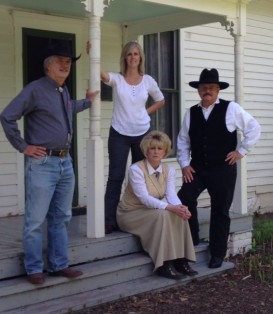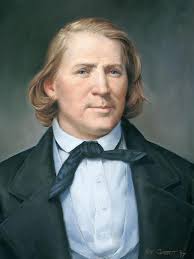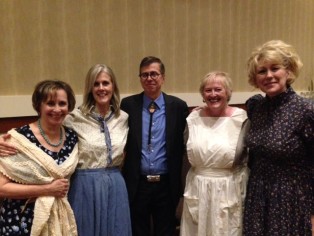The Most Intrepid Author’s Posse completed their ride through the Midwest Saturday night. We began our trek in Kansas City, Missouri and ended the venture three days later in Dodge City, Kansas. The highlight of the journey was when we were all named honorary marshals of Ford County, Kansas. The swearing in ceremony was moving and I am deeply honored to have received such a gift. The posse was given badges to wear and will receive another along with a certificate to have framed to remember the event.
Some of the posse members arrived home yesterday without a hitch and others spent hours at the airport waiting for a plane to get us there. Flying in this country has turned into an amazing arduous process, especially boarding the plane, which has now become this tedious Bataan death march with American Tourister overnight bags. I get stuck behind this one guy, who takes forever to get situated. He’s clogging the aisle like a human piece of cholesterol jammed into the passenger artery. You just want to get that soft drink cart and flush him out the back door. He’s folding that sport jacket like he’s in the color guard at Arlington National Cemetery.
An exactly when did the flight attendants in this country get to be so cranky? I know it’s a tough job. There’s got to be a thousand different ways to tie that neckerchief but why be annoyed with me? You know the worst thing about it is they don’t even come clean with you and tell you how much they hate you. They treat you with that highly contrived air of mock civility, that tight, pursed-lip grin where they nod agreement with everything you say. You know right behind that face plate they barely tolerate your very existence.
What about when you leave the plane and they’ve got them propped by the front door in that complete android catatonic stupor where they look like the Yul Brynner robot from Westworld when he blew a head pipe and iced Marcus Welby’s assistant. “Bye. Bye. Bye. Bye.”
You know who I feel sorry for in the whole air-travel scenario? It’s that poor schumck who has to drive the jet way. You know that little accordion tentacle that weaves it’s way out to meet the plane? Everybody else is Waldo Pepperin’ around in their leather bomber jackets, the right stuff coursing through their veins as they push the outside of the envelope. Your job is driving the building.
In spite of the setbacks, the posse will ride again next year. Wednesday I’ll return with a new book giveaway contest. Until then, Bye. Bye-Bye. Bye. Bye.







